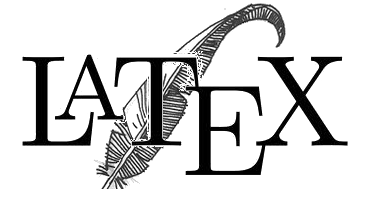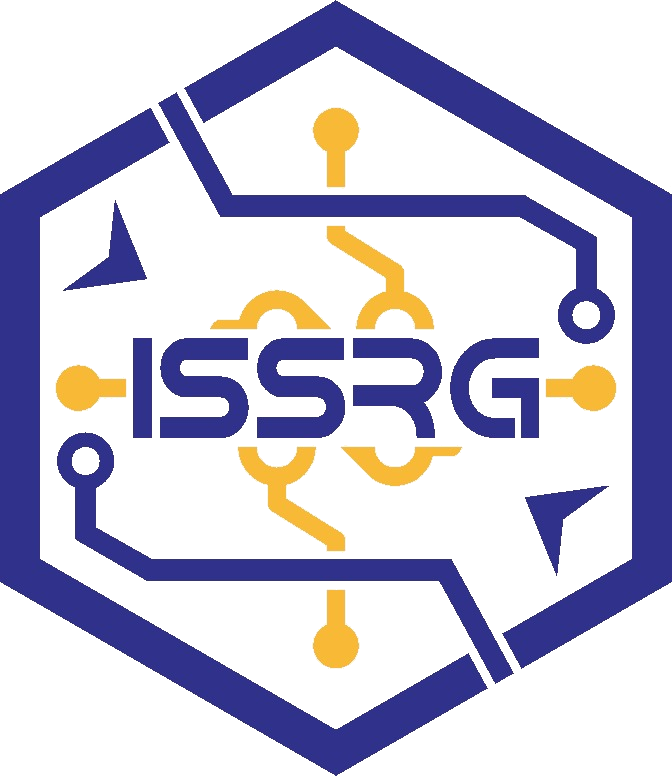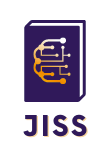Title
Write the title of your article briefly and clearly, no more than 10 words.
Abstract
A single paragraph of about 200 words maximum. For research articles, abstracts should give a pertinent overview of the work. We strongly encourage authors to use the following style of structured abstracts, but without headings: (1) Background: Place the question addressed in a broad context and highlight the purpose of the study; (2) Methods: Describe briefly the main methods or treatments applied; (3) Results: Summarize the article's main findings, and (4) Conclusion: Indicate the main conclusions or interpretations. The abstract should be an objective representation of the article, it must not contain results that are not presented and substantiated in the main text and should not exaggerate the main conclusions.
Keywords
List three to ten pertinent keywords specific to the article, yet reasonably common within the subject discipline.
Introduction
The introduction should briefly place the study in a broad context and highlight why it is important. It should define the purpose of the work and its significance. The current state of the research field should be reviewed carefully and key publications cited. Please highlight controversial and diverging hypotheses when necessary. Finally, briefly mention the main aim of the work and highlight the principal conclusions. As far as possible, please keep the introduction comprehensible to scientists outside your particular field of research. Citing a journal paper (JISS using IEEE style for reference. Please make sure all your references were referenced in your article.
Methods
Materials and Methods should be described with sufficient detail to allow others to replicate and build on published results. Please note that the publication of your manuscript implicates that you must make all materials, data, computer code, and protocols associated with the publication available to readers. Please disclose at the submission stage any restrictions on the availability of materials or information. New methods and protocols should be described in detail while well-established methods can be briefly described and appropriately cited.
Research manuscripts reporting large datasets that are deposited in a publicly available database should specify where the data have been deposited and provide the relevant accession numbers. If the accession numbers have not yet been obtained at the time of submission, please state that they will be provided during review. They must be provided prior to publication.
Interventional studies involving animals or humans, and other studies that require ethical approval must list the authority that provided approval and the corresponding ethical approval code.
Result
This section may be divided by subheadings, too. It should provide a concise and precise description of the experimental results, their interpretation as well as the experimental conclusions that can be drawn.
Discussions
Authors should discuss the results and how they can be interpreted from the perspective of previous studies and of the working hypotheses. The findings and their implications should be discussed in the broadest context possible. Future research directions may also be highlighted.
Conclusion
Keep your conclusions short, providing suggestions as much as possible for other writers who wish to continue your work. As much as possible avoid numbering forms at the conclusion.


1.png)



